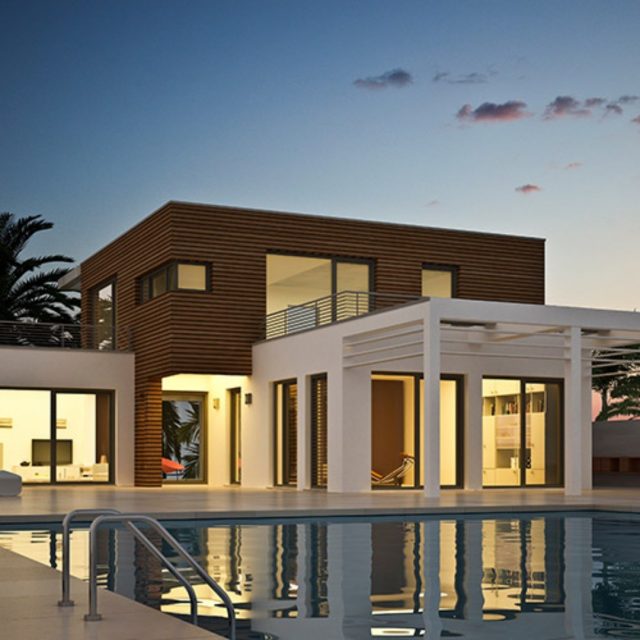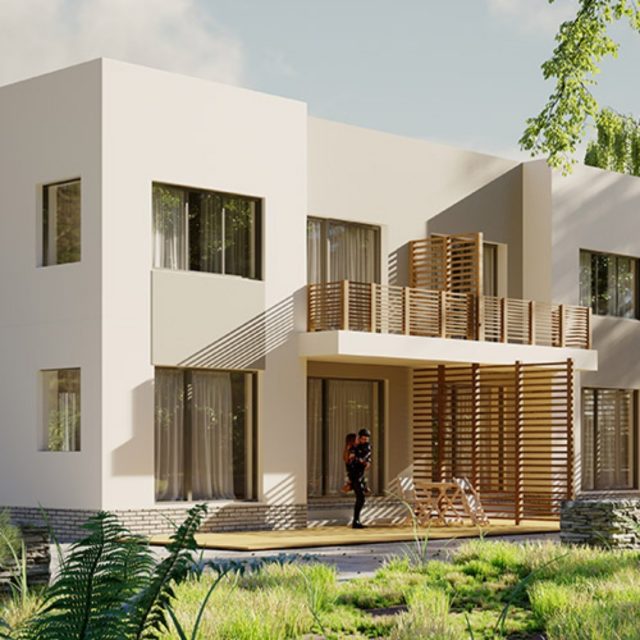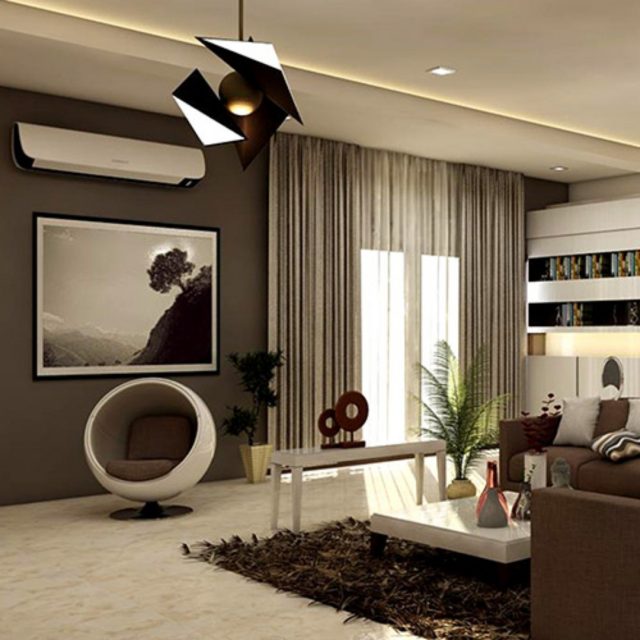Living Off-Grid in an Autonomous Home – Self-Contained Sustainable Electricity
The ever-growing climate crisis has been a mounting concern in recent years. While the population continues to campaign for change and world leaders fail to meet expectations at important events such as COP26, it has never been more important for each of us to make changes in the way we live our lives.
Sustainable energy is just one of the myriads of innovations leading us towards a better future, and it has never been easier to make a positive impact on your carbon footprint. In fact, many are choosing to trade in their traditional living space for a sustainable, off-grid, autonomous home.
What Does It Mean to Live Autonomously?
An autonomous living solution can be defined as a home that is completely self-sustaining. To be more specific, an autonomous home is one that has:
- Independent electricity production
- Self-contained water systems
- A built-in sewerage mechanism
Essentially, to live autonomously is to have a home that is able to function independently of external support. An autonomous home can function at full capacity anywhere in the world using renewable energy sources, and for the first time, we are capable of leading comfortable, modern lives in the most remote locations.
Creating a Sustainable Energy Supply
Perhaps the most essential thing to get right when living autonomously is to secure a reliable energy source. By far the best solution to this is to harness the energy of the sun via solar power. Depending on location and the intensity of the sun, this is often enough to power a small home.
It is always important to accurately measure power consumption, and to keep a back-up generator on hand just in case. Websites like Global Solar Atlas provide a reliable idea of how much solar energy you are likely to be able to produce in certain parts of the world.
Getting the Most Out of Your Solar Panels
Discussions around solar energy can often be ambiguous, and it can be difficult to discern exactly how much energy you will need to power your home throughout the year. While solar energy is plentiful during the summer, as it gets colder it will not only be harder to come by, but we also tend to consume more.
The electricity consumption of an average tiny home is somewhere around 1200 kWh for two people living together. Based on our experience 20 solar modules are capable of producing around 7 kWh over the course of a month in optimal conditions. The majority of this is during the warmer months with more sun, therefore proper energy storage is essential to power your home through the winter.
How iOhouse Are Revolutionizing Autonomous Living with The Space
Using state of the art sustainable energy solutions, iOhouse have created The Space – the world’s first premium autonomous home. Equipped with its own self-contained electricity system complete with solar panels, batteries and a generator, The Space is optimized for off-grid living.
Every inch of this autonomous home is designed for longevity and purpose built to streamline your energy consumption. Welcome to the future with iOhouse!










